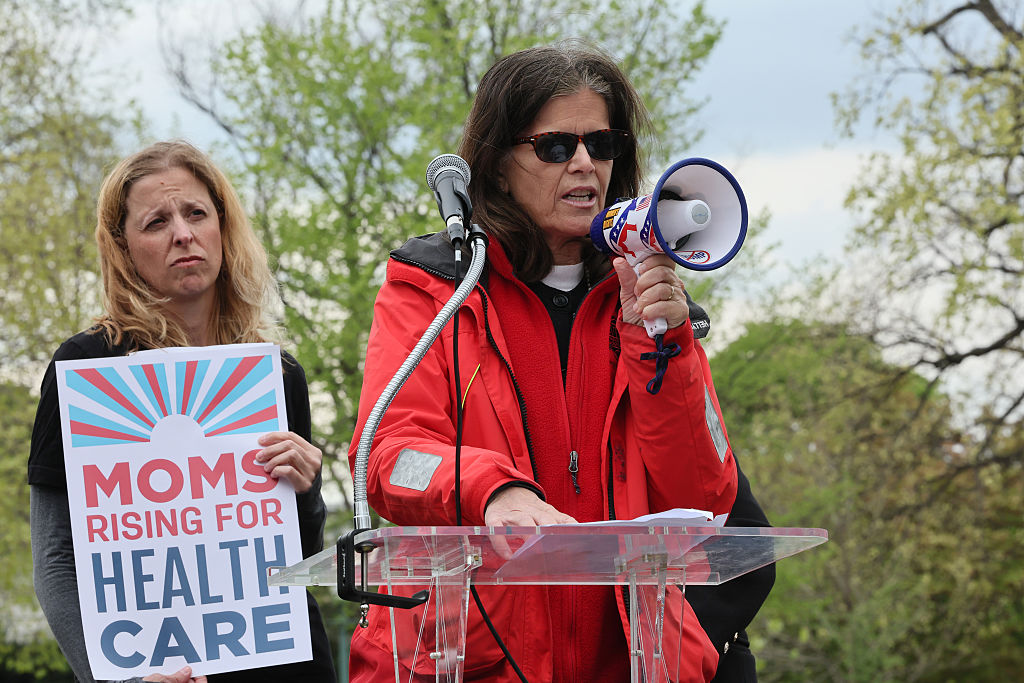In an era of growing mistrust, employers hold a unique position of influence. They remain among the most trusted institutions, particularly by their own employees. According to the 2024 Edelman Trust Barometer, workers consider businesses to be twice as competent as the U.S. government in providing credible information—outpacing nonprofits and the media as well. People want to make informed decisions based on reliable information, and they’re increasingly open to receiving that information from their employers.
[time-brightcove not-tgx=”true”]
This trend is not new. During the COVID-19 pandemic, many employers stepped up to fill an information void. They provided accurate, timely health guidance on everything from indoor air quality to vaccine safety. For instance, Amazon—the nation’s second-largest employer—invested heavily in direct employee engagement to promote vaccination. These efforts went beyond emails or posters; they included one-on-one outreach, peer-to-peer advocacy, and mobile vaccination units. Today, even as health concerns evolve, Amazon continues this model with daily wellness huddles and injury-prevention discussions across its warehouses.
As we move beyond the pandemic, the need for trusted health communication remains urgent. Employers are well-positioned to continue this work, not just because of their trustworthiness, but because they have a vested interest in healthier, more informed employees. Healthy workers are more productive, miss fewer days, and contribute to lower healthcare costs—an ongoing concern for many companies. Likewise, educated employees are more likely to understand and make efficient use of increasingly expensive employer-sponsored health benefits. One survey conducted by UnitedHealthcare found that 56% of workers with access to effective employer health promotion programs reported fewer sick days, a finding that has been replicated in multiple geographies. Other evidence has shown that employers earn $3.27 back in direct medical costs more for every $1 spent on wellness programs, which directly increase employee knowledge and engagement in nutrition and health-related topics.
While the need for effective health communication remains, many traditional sources are vanishing. Investments in public health campaigns at the federal, state, and local levels have shrunk—or are disappearing altogether. This void, combined with the rise of online misinformation, means that if employers don’t speak up, employees may turn instead to social media algorithms, self-proclaimed wellness influencers, or podcasters.
Read More: What the New ‘Make America Healthy Again’ Report Says About Children’s Health
Employers can’t afford to be passive. They must actively identify the pressing health challenges their workforce faces—from mental health struggles and poor air quality due to wildfires, to new treatments such as GLP-1 weight-loss medications. With thoughtful, engaging strategies, they can ensure credible, science-based information reaches their workforce.
It may feel like a daunting task in today’s polarized climate, but many employers—and unions—are already rising to the challenge. Kim Thibodeaux, head of the Northeast Business Group on Health, which represents the health interests of nearly 80 of the nation’s largest employers, is prioritizing investing in scalable ways to provide trusted health information content to employer partners. We are partnering with Kim and her team to provide timely, accurate, digestible health information on a range of topics in an omnichannel format.
In a similar vein, the American Federation of Teachers (AFT) with over 2 million members nationwide, has begun offering free, monthly national town halls to their membership and general public to discuss topics such as perimenopause, ADHD, youth mental health, and measles with topical national experts like the recent past American Academy of Pediatrics President Dr. Ben Hoffman. Social media is leveraged to the fullest extent, with 30-40 second, high-impact sound bites from town halls or Q&As shared widely across Instagram, TikTok, and other social media platforms to improve reach.
As public trust erodes and traditional health communication channels falter, the workplace remains a widely trusted space. Employers and unions who embrace this responsibility can become powerful agents of public health—helping their people make informed decisions, combat misinformation, and feel seen and supported in the process.
By investing in credible, creative, and consistent health messaging, employers have the power to not only improve health outcomes but also rebuild faith in science and institutions—and in each other. The question is no longer whether employers should play this role, but how quickly they can rise to meet it.

